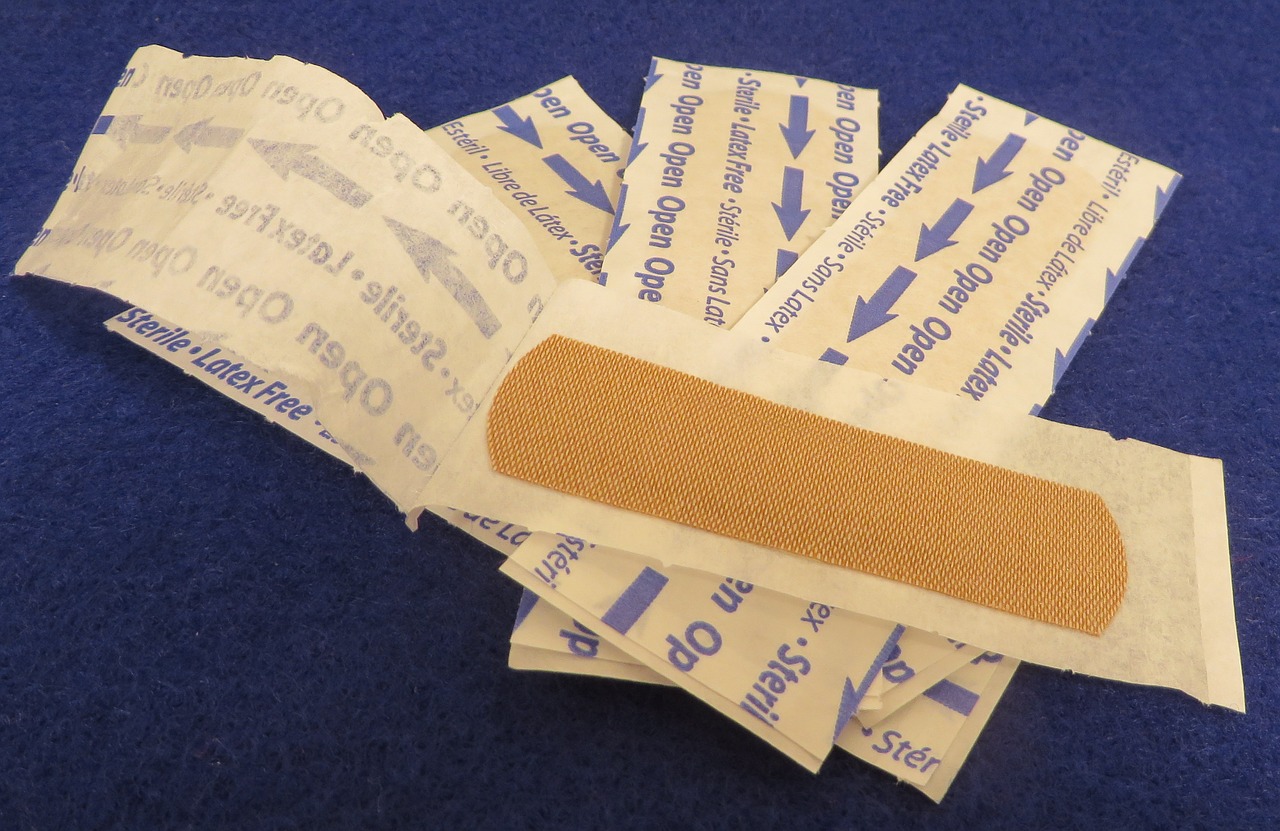
10 Jul Dealing with Persistent Wounds: When to Go to a Wound Care Center
There are numerous reasons that might cause someone to visit their local wound care center, but the type of wound and how long you have been dealing with a wound that does not heal on its own can be the determining factor. Here are some of the types of wounds you might seek a wound center out for to help heal an injury.
Extended Stay
Pressure ulcers, for instance, are the result of prolonged exposure to contact of the skin with another surface near the bony projections of our body. These types of wounds are commonly associated with long periods of bed rest or immobility. Quality assisted living centers are experienced in these types of cases, but pressure-type injuries are hard to heal because the cause of the problem remains even after treatment. You should consider the specialized treatment options available from a provider focused on wound care.
Not So Sweet Sugar
Diabetic wounds are exacerbated by high glucose that can reduce the amount of blood reaching the wound. A wound, small, large, or persistent, requires good blood flow to initiate healing. A wound care center will have experience dealing with diabetic injuries because diabetes play an important role in the ability of patients with high glucose sugar levels to heal, especially wounds that do not heal progressively and are persistent in nature.
Under Pressure
Neuropathic ulcers are another, diabetic type, injury that will fail to heal without proper treatment. It can result in decaying tissue in the foot located at pressure points where tissue meets underlying bones, tendons, and cartilage. When this happens, localized paralysis of the foot is present resulting in extended periods of numbness. The lack of feeling or numbness of the foot can be an indicator of this type of injury. When a wound appears it is the result of the increase in blood sugar which prevents proper blood flow to the injury site.
Arterial Breakdown
Ischemic ulcers are the result of poor blood flow to the capillary beds of our feet and distal digits. On causative condition for Ischemic ulcers is peripheral arterial disease. Ischemic ulcers are wounds that start from within your skin and are brought to the surface by an injury to the outer epidermis. These types of wounds are extremely painful and can expose bone and tendons when damaged. An Ischemic wound has the appearance of a hole the goes down to the structure below.
Healing After the Cure
Surgical wounds can be slow to heal due to the nature of the incision. Large, open type wounds that are surgically sealed after the procedure can require a prolonged hospital stay and the process of healing must be conducive. Incisions made during surgical operations may need to be treated with special care and therapy only a wound care center is trained for as an outpatient.
Pain by a Thousand Blades
Vasculitis is a group of disorders that can affect the skin and create hard to heal wounds. The cause and remedy of the disorder is understood by only a few, specialized facilities. Because the whole organ can become effected, seeking quality care is essential to maintain quality of life. Disorders that are chronic can create serious side effects for the injured. Healing a wound while allowing the patient to heal emotionally is critical to successful treatment.
Appliances Wounds
Peristomal skin irritations involve the stoma of patients who require an appliance to replace the bowel. Treating the injury requires the caregiver to recognize all the parts that are involved in the healing process. Treatment may mean eliminating the cause. The top five things to look for as treat a Peristomal skin irritation is, was it a mechanical injury, infection, chemical irritant, skin disease, or skin allergy. The procedures to use the appliance should be reviewed according to these points of interest. A wound care center will know how to examine and diagnose a Peristomal injury.
Why else would you need a Wound Care Center?
Besides the most common cause of improperly healing wounds there are other patients who may need to go to a Wound Care Center NJ instead of a hospital ER. These wounds require immediate care by trained specialists. Traumatic wounds are most commonly caused by an accident. Burns are accidental as well, but will require extensive healing procedures depending on the severity. Wounds that were not spoken about here today are afflicting thousands of people a day. A wound care center was designed to heal injuries that refuse to heal, why else would you need to go?

Sorry, the comment form is closed at this time.